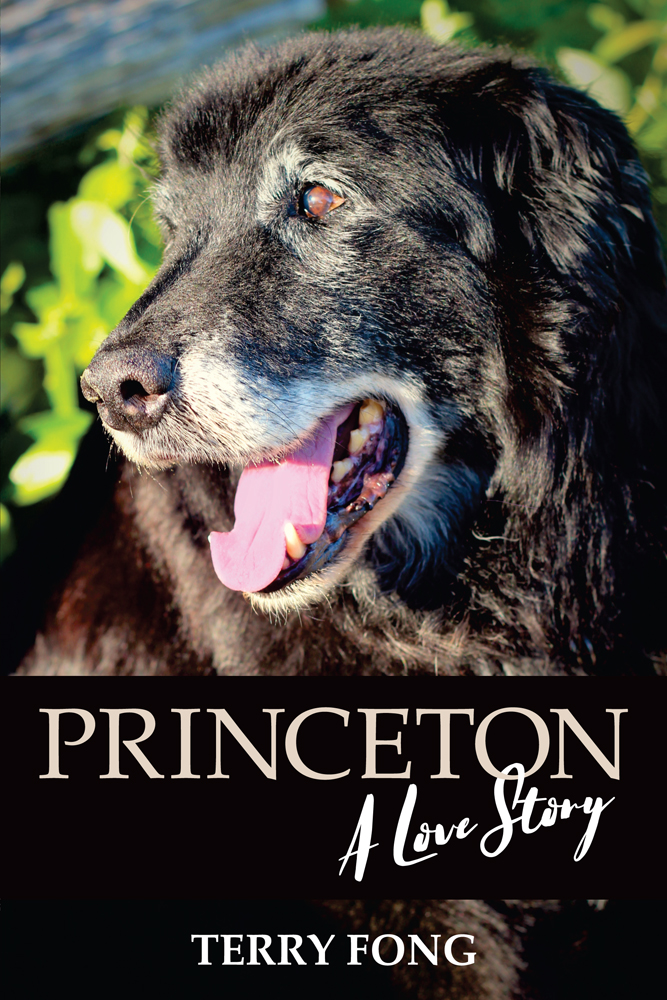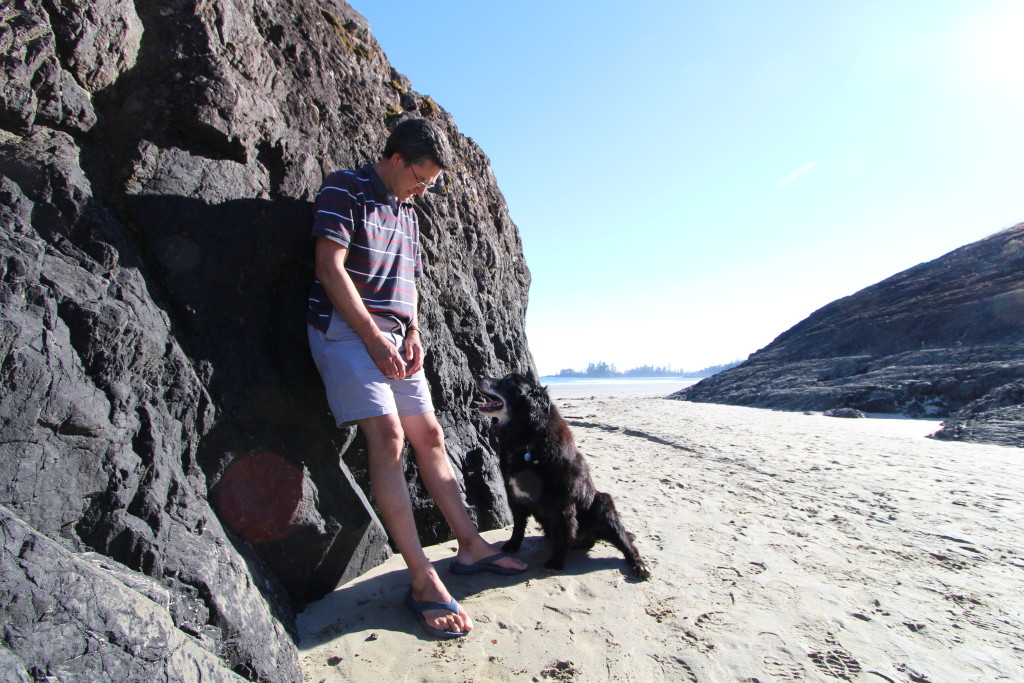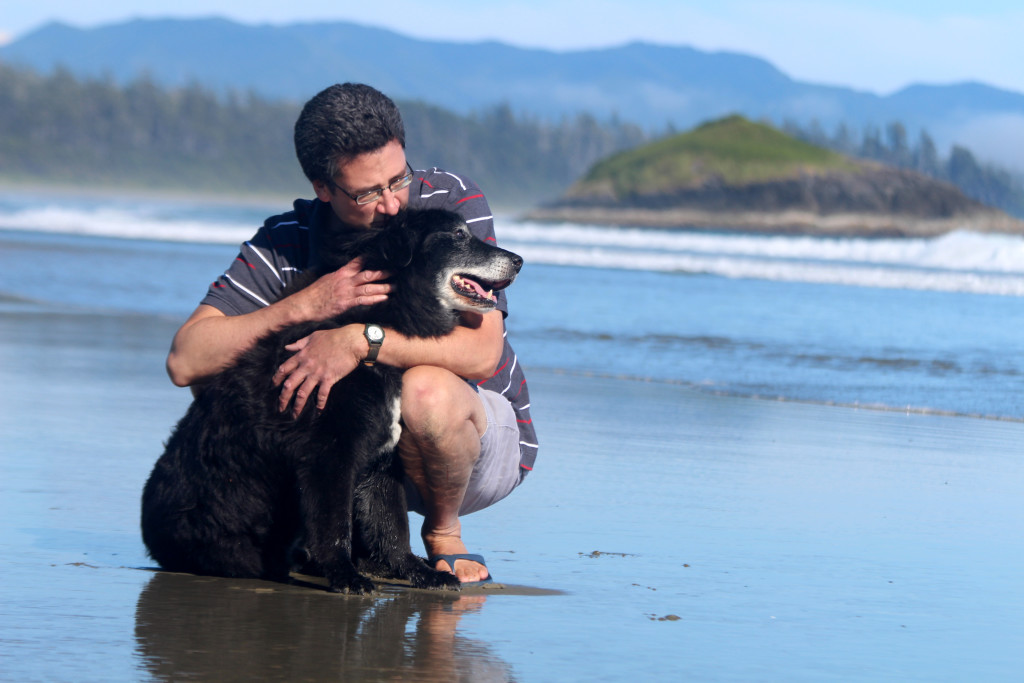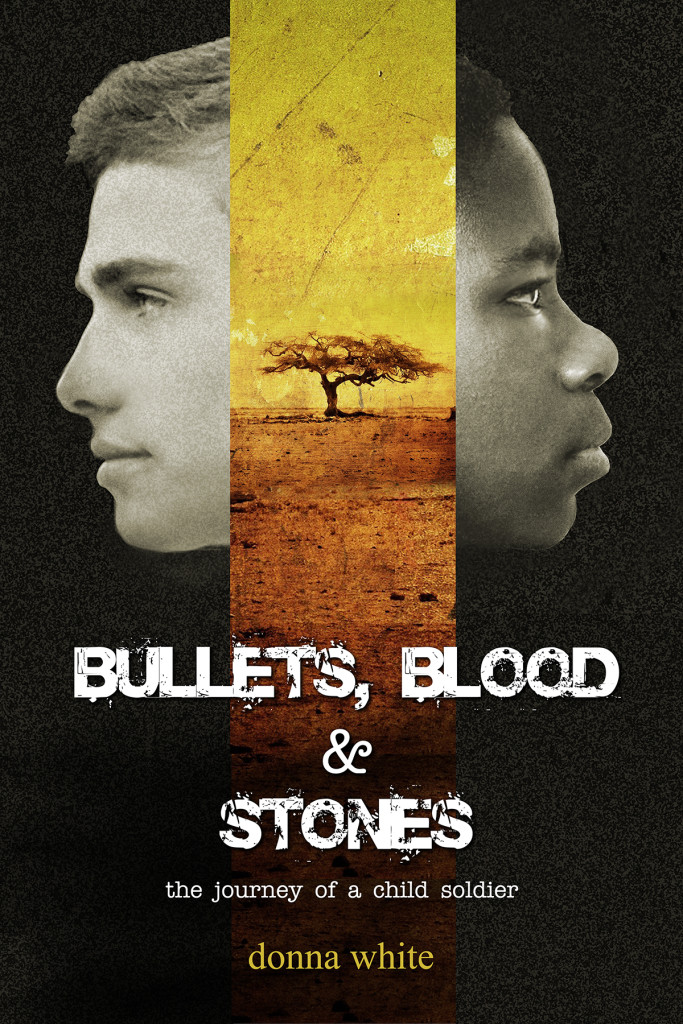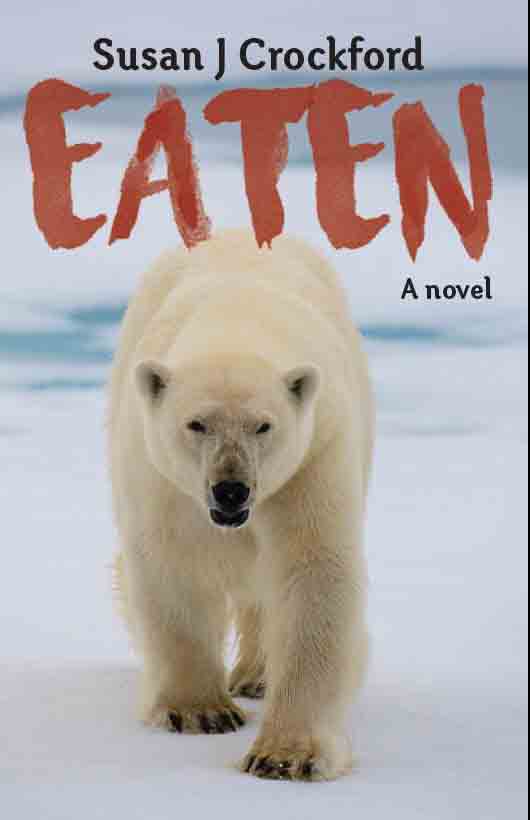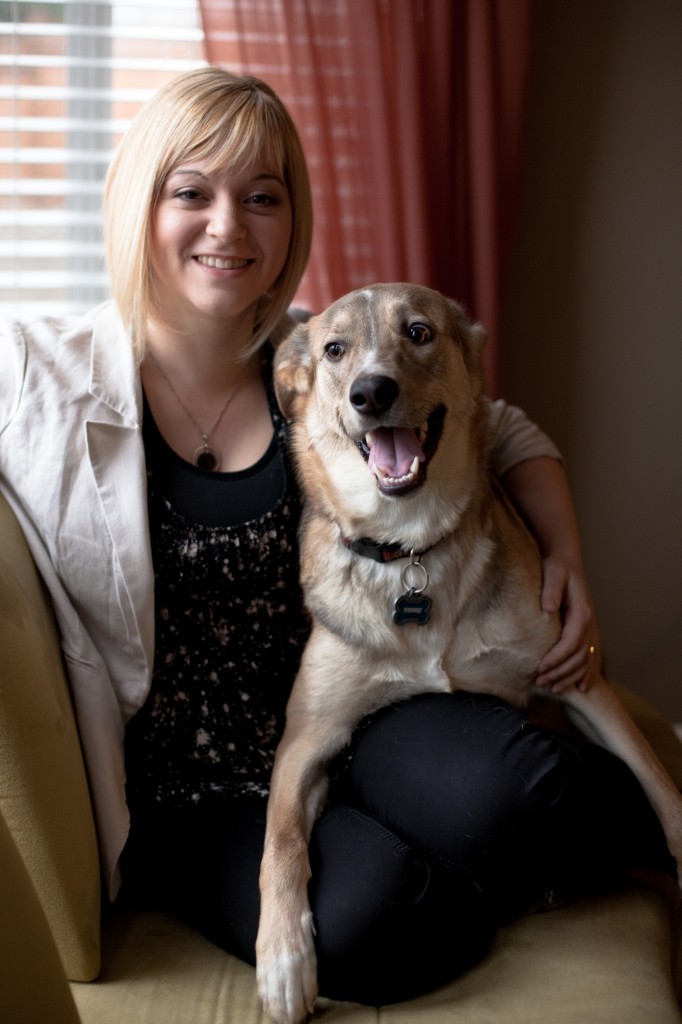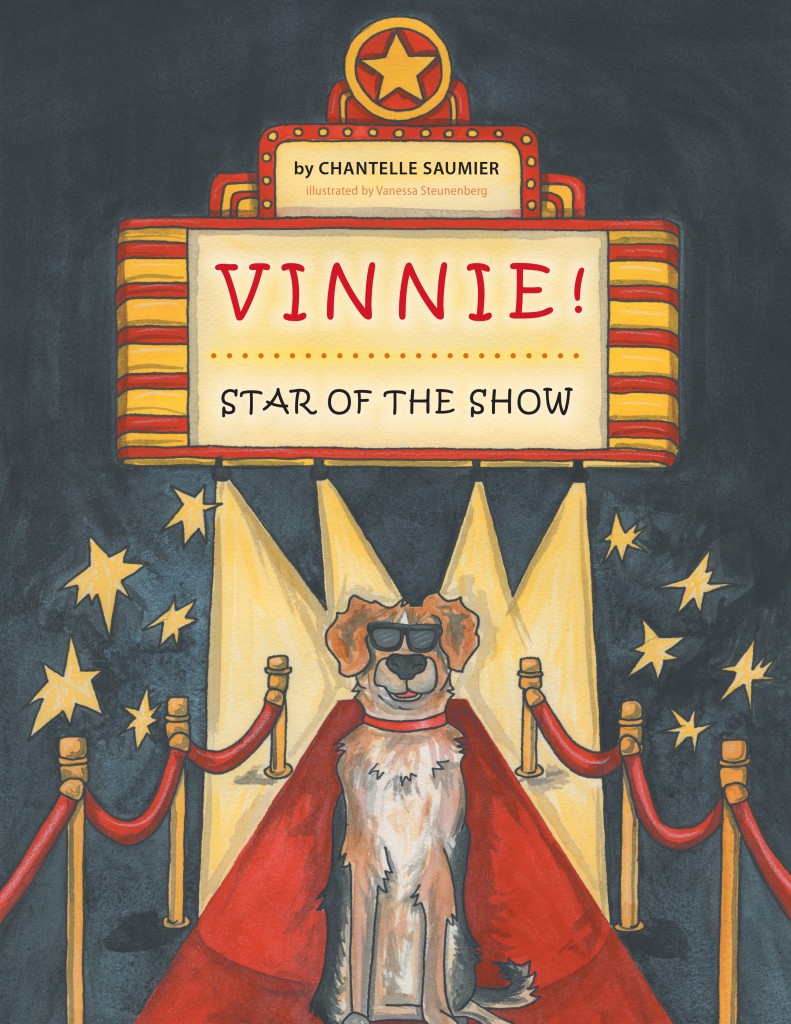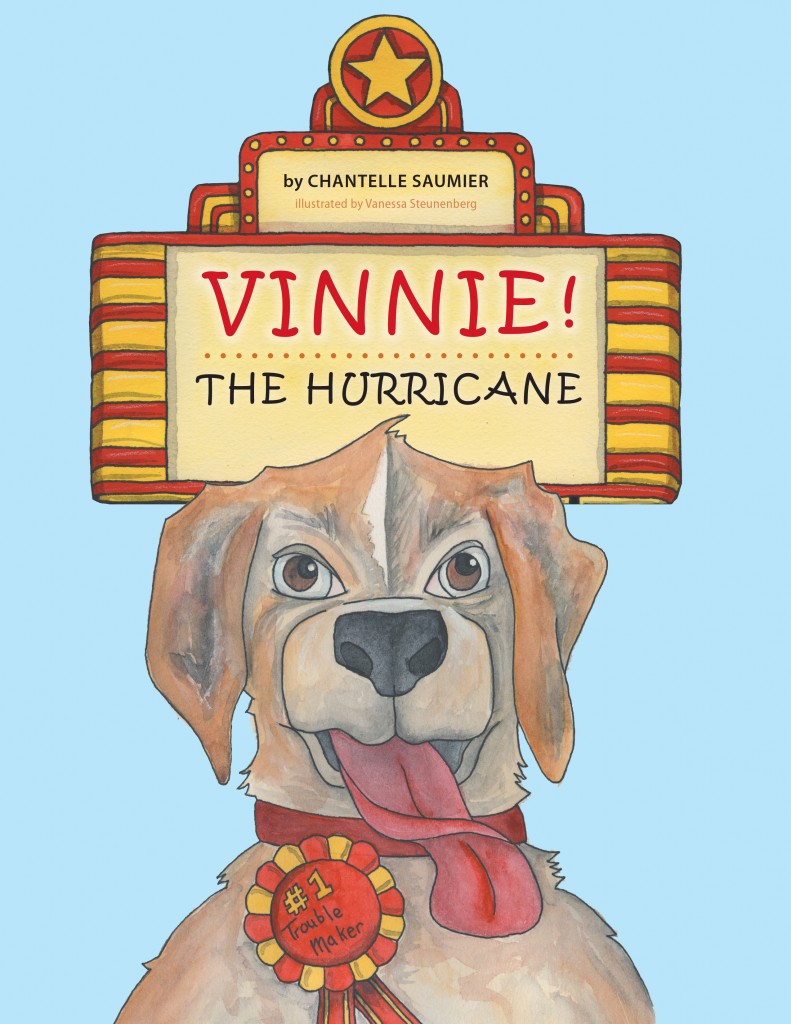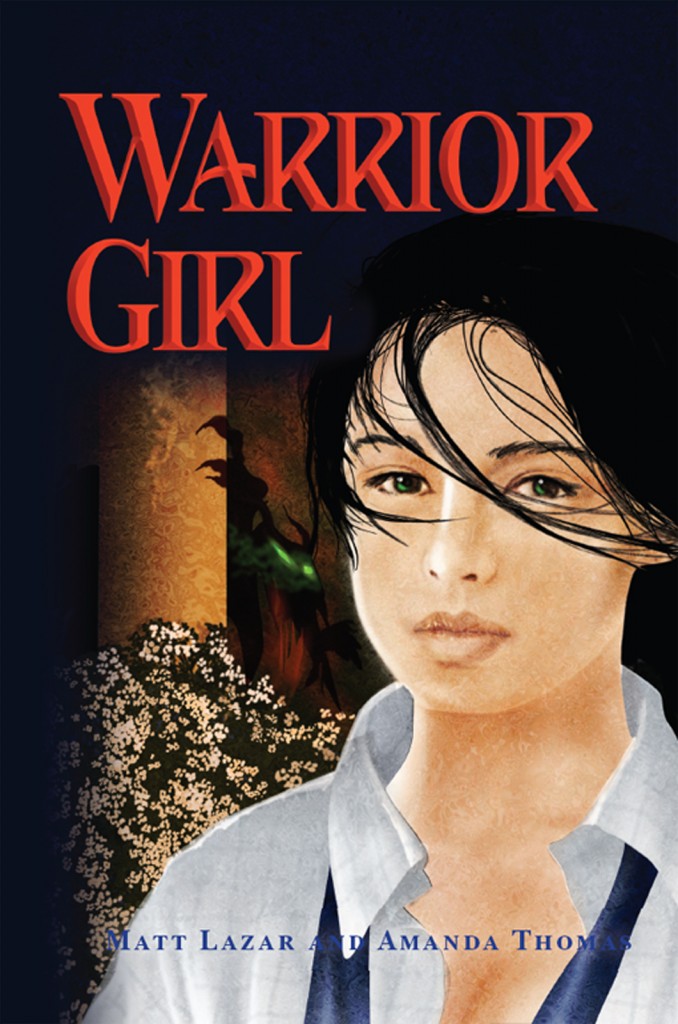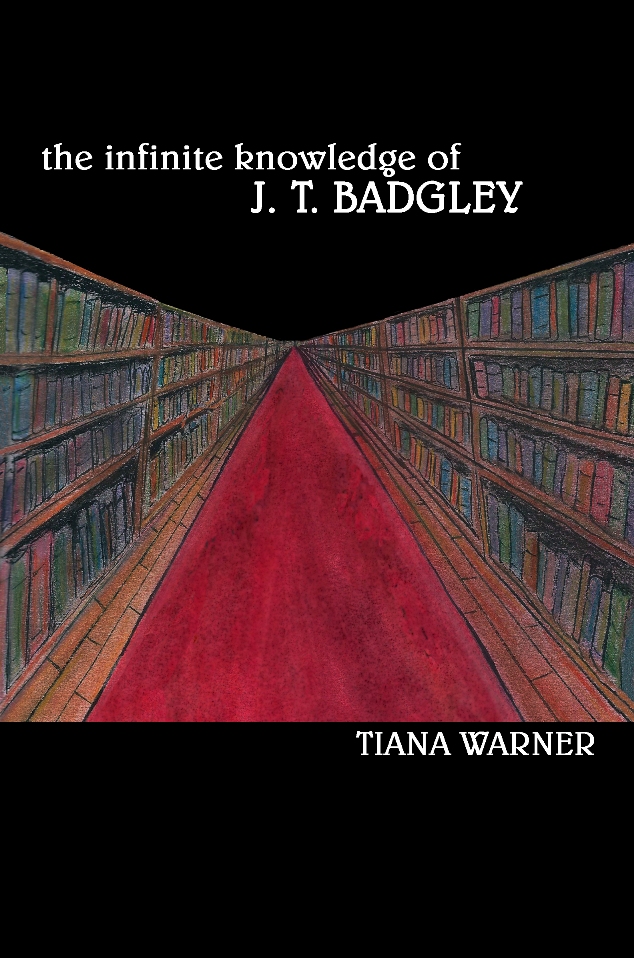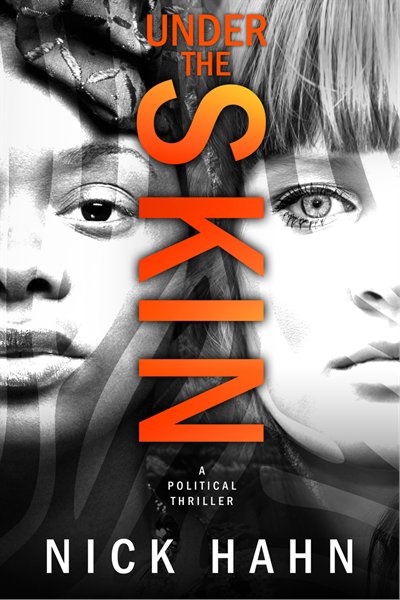
Nick Hahn is the author of the recently released novel Under the Skin, a political thriller set in Uganda. As this interview demonstrates, he is passionate about both the issues confronting third-world countries today and the craft of writing. Check out this link to Under the Skin, now available on amazon.com.
CK: I know that you spent some time in Uganda. What took you there, and what experiences did you have that prompted you to write the book?
NH: I lived and worked in Uganda for several months in 2008. I was there on a consulting engagement, retained by a nonprofit consortium of three organizations evaluating the organic cotton supply chain from small farmers in the North near the Sudanese border to commercial yarn spinning factories in the South near Kampala, the capital of the country.
The consortium partners, Invisible Children, Inc., the Wildlife Conservation Society, and Edun Apparel LTD. were interested in sourcing a women’s apparel line in Uganda produced from 100 percent organic cotton. Edun, owned by Bono and Ali Hewson, collaborated with their consortium partners, both prominent NGOs, in an effort to support economic development for Uganda and add a measure of relief to poverty-stricken cotton farmers.
In my work I observed abuses of human rights, especially those of women, perpetrated by local authorities and self-centred politicians. Their refusal to acknowledge the disparity between the traditional role of women in tribal societies and advancements made by women in contemporary Western societies kept Ugandan women in a subservient role within the family. In Uganda, and much of Africa, women are forced to accept genital mutilation, prepubescent marriage to men many times their age, and abject slavery in their spousal roles.
My objective in writing this book is to build awareness of these abuses and do so within the context of fictional storytelling. I want my readers to be entertained, educated, and motivated. My hope is that some will be moved to action and make a difference within their own sphere of influence, whatever or wherever that may be.
Under The Skin is my first novel. The message is there but so is the emotion, tension, and entertainment.
CK: In the book, a young woman of very humble origins, Nabulunghi Kibugu (Nabby), becomes educated in a Western university and returns to her country to seize political power. We tend to think of East Africa as dominated by corrupt politicians and vicious warlords like Joseph Kony. In the Africa of today, how common are female leaders like Nabby? Would you say that African women are now emerging from the shadows of oppression? What are some examples of women in this part of the world who are making a difference?
NH: My lead character, Nabby Kibugu, is fictional but her story could easily be true. Today women of all races, religions, and ethnicities are making their presence known in the world. Educated and motivated, women in all fields including politics, education, arts, science, and business are making a difference. In Africa this is particularly prescient. The role of women there has changed dramatically with the emergence of Nobel Prize winners like Ellen Johnson-Sirleaf and Wangari Maathai, the first woman from Africa to receive a Nobel Prize. This advancement is still in the incubation stage. When we see progress growing from a base of zero, we tend to overcelebrate it. Africa, the Middle East, and Muslim countries around the world are still generations out of step. I’ve lived and worked in most of these regions and have seen up close the devastating effect on women, whose lives are controlled by cultural and religious traditions created and enforced by men. My hope is that through the medium of fictional storytelling I might add a small voice in opposition to these abuses and lend some weight to a movement toward equality with men, if not full parity. The real tragedy here is the loss of intelligence and intuition that women bring to problem solving; life for men would improve exponentially with educated and trained women in their midst. My dream is that real-life Nabby Kibugus and Maggie Kincaids [Maggie is another character in the book] will emerge as thought leaders and role models, inspiring a new generation of women from the developing world.
CK: Nabby forms a powerful alliance with a wealthy American, Maggie Kincaid. The unlikely friendship that blossoms between the two young women is really at the heart of the novel, and the way they forge ahead in single-minded pursuit of their goal against overwhelming odds is quite incredible. Who or what inspired these two fearless females?
NH: Maggie was inspired by Nabby’s true grit and determination to change her world. Nabby’s youth was destroyed by Joseph Kony’s Lord’s Resistance Army (LRA) when she was raped at age eleven. This experience exposed her strength in ways she wouldn’t have known otherwise. Her acceptance of the scholarship to St Andrews University and her successful career there made a lasting impression on Maggie and her wealthy parents in New York. When Maggie arrived in Uganda and became involved in Nabby’s political campaign, it changed her world from one of luxury and excess to one of purpose and resolve. Together these two young women changed more than a country’s leadership; they changed the course of each other’s lives.
My book is written primarily from a woman’s point of view. I can’t explain this except to say that I’ve been blessed in having strong women in my life, women who have inspired me with their strength and discipline. I believe that if women held positions of authority in all fields, but especially government, there would be less conflict in the world and the rights of women and men—human rights—would be recognized. Women understand the power of moral authority in society and know how to exercise it. They appreciate that passive resistance can be stronger than armed resistance, and that we should not be defined by race, religion, or territory. One looks at political leaders like Aung San Suu Kyi of Burma, Camilla Vallejo of the University of Chile Student Federation, Ellen Johnson-Sirleaf of Liberia, Christine Lagarde of the International Monetary Fund, the late Margaret Thatcher, prime minister of England, or Hillary Clinton, former secretary of state and likely candidate for US president in 2016. These women and others like them are changing their worlds in positive ways, both large and small. The title of my book, Under The Skin, drove much of my thinking. The notion that skin colour should make a difference in our perception of people and their worth to society strikes me as absurd. As shown in my novel, our hearts beat the same under the skin, regardless of our colour.
CK: The book really opened my eyes to the desperate struggles the Ugandan people face, and I’m sure it will for other readers as well. What do you hope people will take away from reading your book? Is there any particular message you want people to understand?
NH: The message is simple; we’re all members of the same race, the human race. For some unfathomable reason, men have insisted on defining themselves by race, religion, and ethnicity rather than the common spark of humanity that separates us from the beasts. That spark should be joining us, not dividing us. If we can put men on the moon, put the entire world’s knowledge base on a smartphone in the palm of our hand, and discover cures for “incurable” diseases, wouldn’t you think we could find better solutions to world problems than armed combat? Social, economic, and territorial conflict is real and requires thoughtful solutions, but not those found in the barrel of a gun or rooted in a dictator’s nepotism. I’m not suggesting that women have all the answers; I am suggesting they have more of the answers than history gives them credit for. My hope is that women like my character Nabby Kibugu, languishing in the backwater of some third-world country, will find their voice and aspire to education and training. We have no idea how many Nabbys are out there, waiting for another Maggie Kincaid to discover their genius.
CK: How long have you been writing? Who are the writers who inspire you and why?
NH: I started writing in high school. I had a disciplined English teacher at a strict Jesuit prep school in Cleveland, Ohio, who thought my writing showed promise and that I should pursue a career as an author. That was the age of the great American writers: Hemingway, Fitzgerald, Faulkner, and Steinbeck. They all inspired me, but I must confess that Hemingway was my hero. I loved his work and, truth be known, loved his macho lifestyle as a war correspondent, bullfight enthusiast, and deep-sea fisherman. Hemingway lived as he wrote. His stories were more than figments of his imagination; they were fictionalized memories of a man who lived his dream. It was his love affair with life that drove him to end his own. Once his health failed and he was no longer able to live as he wrote, he could no longer bear the alternative.
I carried this romanticized view of becoming an author into my college years at the University of Notre Dame. It was there that I skipped a beat, maybe more than one, if truth be known, and succumbed to the real world of earning a living and raising a family. My writing dreams went on the back burner as I pursued a business career for forty-eight years. Time and circumstance reignited my love of writing. I started by recording and publishing commercial audiobooks for Audible and soon realized what I had been missing. With a career behind me and a family on their own, I went back to where it all began. As T.S. Elliot reminds us, “We shall not cease from exploration, and the end of all our exploring will be to arrive where we started and know the place for the first time.”
At heart I’m a writer, have always been a writer, and will continue to write as long as my physical and mental health allow me.
CK: Now that Under the Skin has been completed, what do you hope to write about next? Are there any particular issues you want to explore?
NH: The issues that concern me are many, but there’s one in particular, and next on my writing agenda is human trafficking. This is one of the most deplorable evils in human society and one most of us know little about. Many people aid and abet traffickers by hiring illegal aliens at substandard wages, procuring the services of underage prostitutes, and paying access fees to pornography websites. Human trafficking has an estimated annual turnover of $32 billion, with far more unaccounted for. My next book, Drone, addresses this issue through the eyes of a female undercover agent working for Interpol, the secretive international police organization. Again, the story is fiction, but the subject matter and circumstances our lead character confronts are true, and the message is clear. Drone, like Under The Skin, will entertain and frighten you and stimulate your emotions, but you won’t finish the book without gaining a new perspective on human trafficking and sexual slavery in the US and around the world. Like my first book, this one is being written from a woman’s point of view. The lead character, Cosita, will stimulate your conscience and move you to a heightened awareness of one of the world’s most misunderstood crimes and its degrading effect on women. Drone is a story about another courageous woman and a friendship formed in a tempest of mutual need and respect.
CK: What has the process of completing your first novel been like, and what sort of advice do you have for writers?
NH: I’ve never had a baby, Caroline, but the fourteen-month gestation period for this novel and the labour during the days preceding its release to the public gives me some idea of what that’s like. For me, as with mothers, it was a labour of love. I never wanted to let it go; every time I reviewed it, I saw areas needing improvement. It was like, “How could you have said it that way, dummy? You can write better than that.” And so it would go, day after day, until my editor convinced me I had a book and to let her smooth out the rough edges.
I have so much advice for new writers, I hardly know where to begin, so I guess I’ll just restate the obvious: begin. Put words on paper, i.e., your word processor, every day. Find your creative sweet spot, that time when ideas seem to flow effortlessly. Mine is early morning, but for others it’s evening or the middle of the night—whatever works for you. But do it. I might also suggest that you not read too many books on writing. At the end of the day, your storyline will carry your book, not your sentence structure or preoccupation with the beginning, the middle, and the end. I find that the words come to me scene after scene, but I must confess—and my editor reminds me—that I have problems with chronology and time sequence. I tend to worry less about that and let my editor fix it. I concentrate on the creative process of developing a story that first entertains, but for me, always with a message. As a first-time author with one published book to my credit, I don’t presume that my advice to writers will be all that impressive. Find your own style, your own story, and make sure you fall in love, deeply in love, with all your characters. They will become the most important people in your life for the duration of the book.
For me it’s all about narrative and dialogue. I want my readers to feel the emotion, the tension, the anxiety, all the demands of life wrapped up in the character’s role. I’m a storyteller first and a writer second, if that makes sense. There are passages and whole scenes in this book that bring tears to my eyes each time I read them. I welled up when I wrote those words, but they weren’t my words—they were Nabby’s and Maggie’s and those of other characters in the book. Maybe that’s the litmus test for a writer; maybe it’s about human emotion and finding the right words to express it. In Under the Skin, I found the right words.
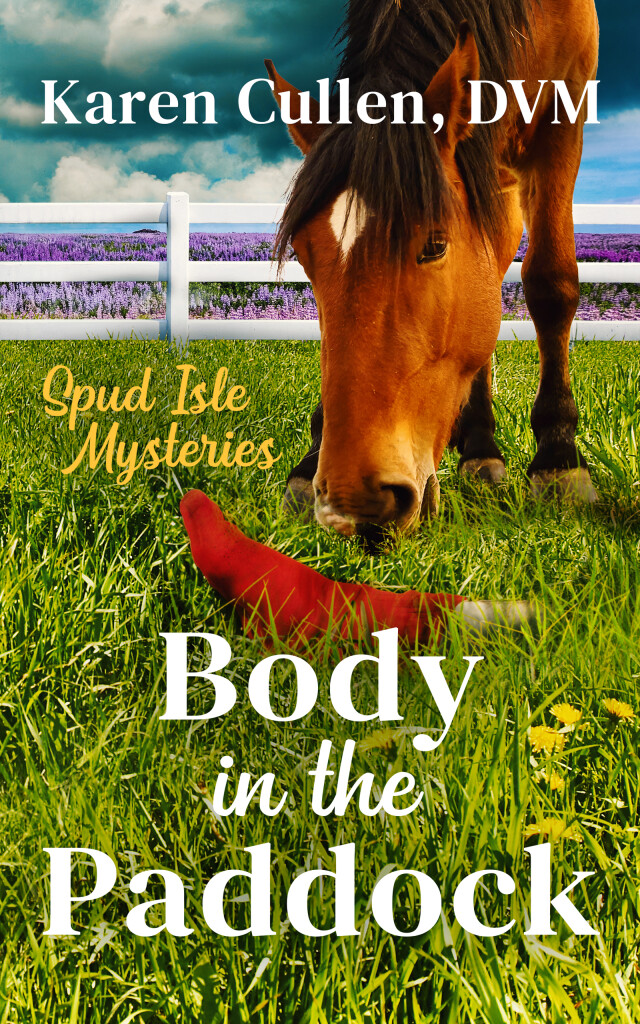
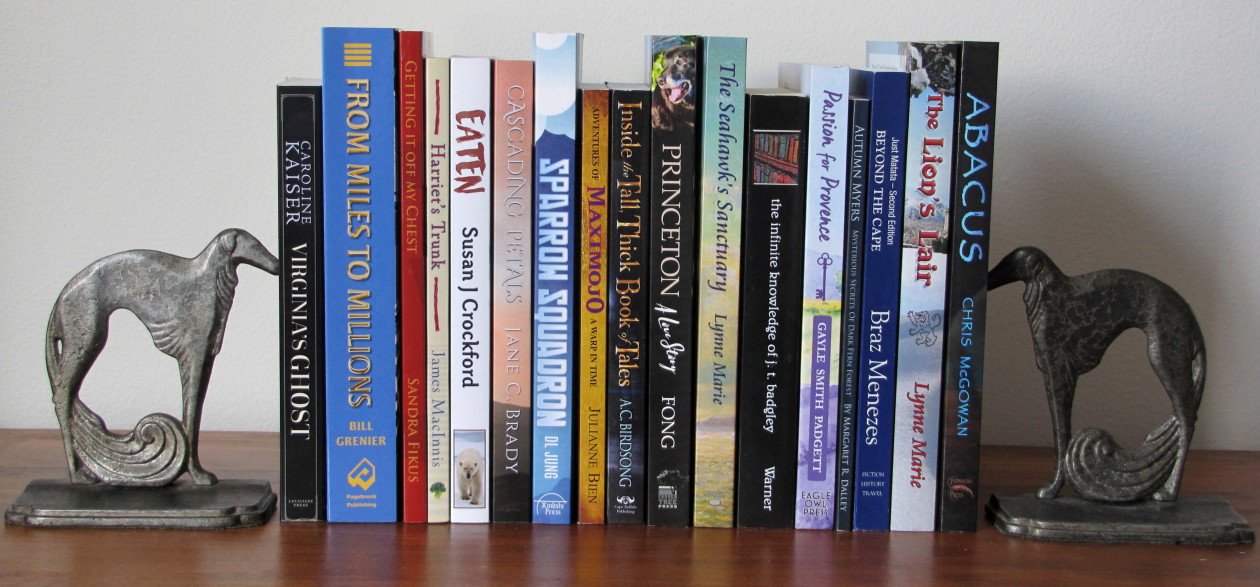
 Follow
Follow